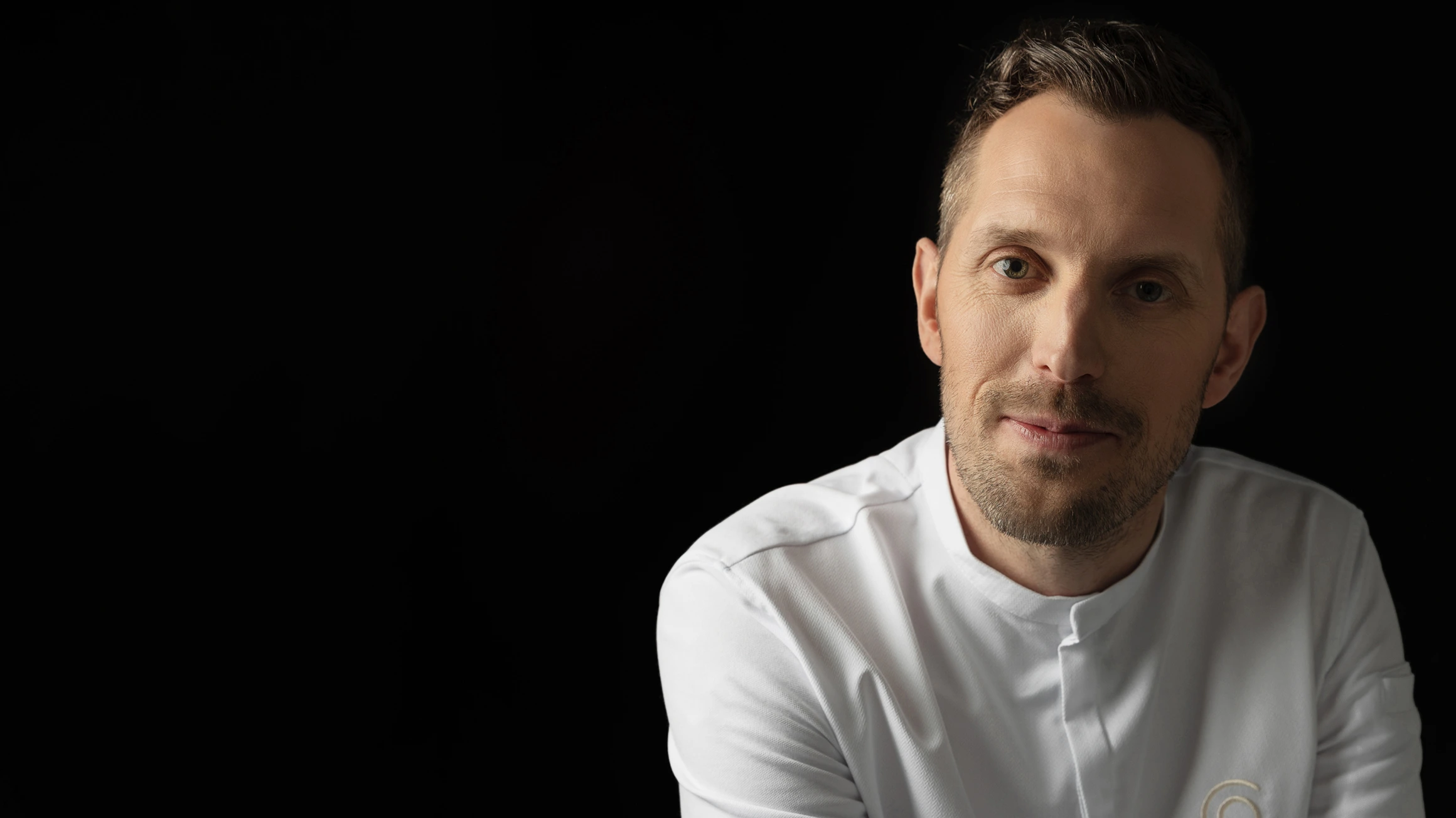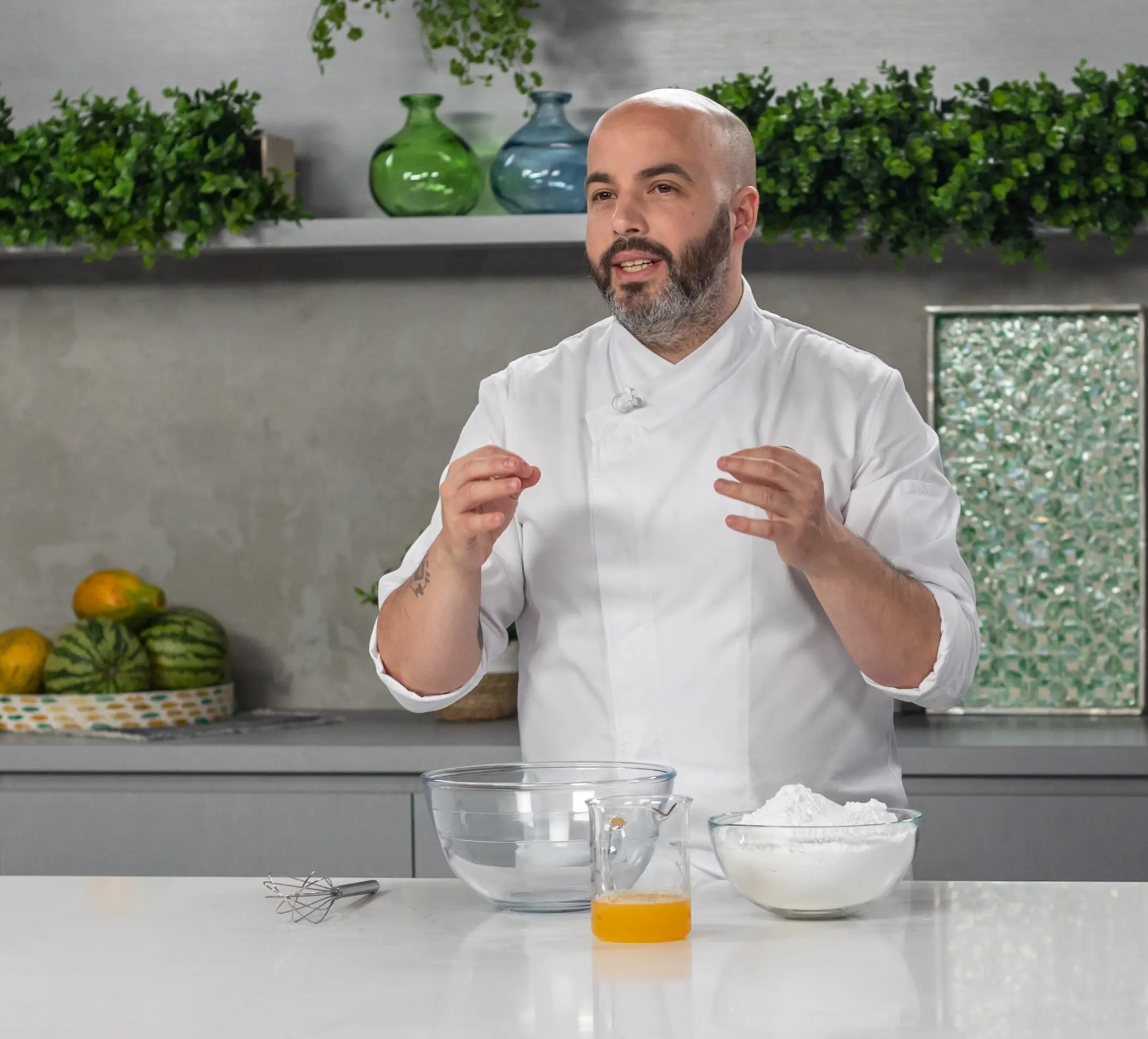What is Chocolate Tempering?
Chocolate tempering is a crucial technique in pastry making that involves heating and cooling chocolate to stabilize it for creating candies, confections, and decorative elements. The primary aim of tempering is to give chocolate a smooth, glossy finish, a firm texture, and a satisfying snap when broken. Properly tempered chocolate is less prone to blooming, which manifests as unsightly white or gray streaks on the surface due to improper storage or handling.
Why is Tempering Important?
Tempering is essential for achieving the desired quality in your chocolate creations. Here’s why:
- Texture and Mouthfeel: Tempered chocolate has a smoother texture and better mouthfeel, enhancing the overall eating experience.
- Stability: Properly tempered chocolate is less likely to melt at room temperature, making it ideal for various confections.
- Visual Appeal: The glossy finish of tempered chocolate makes it visually appealing, an important aspect for professional presentations.
- Shelf Life: Tempered chocolate tends to have a longer shelf life without developing bloom, allowing for better storage options.
How Chocolate Tempering Works
The tempering process consists of three main steps:
- Heating: Begin by melting the chocolate to a specific temperature (around 45-50°C or 113-122°F for dark chocolate). This step melts all cocoa butter crystals, preparing the chocolate for tempering.
- Cooling: Next, cool the melted chocolate to about 27-28°C (80-82°F) while continuously stirring. This cooling phase encourages the formation of stable cocoa butter crystals.
- Reheating: Finally, gently reheat the chocolate to approximately 31-32°C (88-90°F for dark chocolate) before using it. This step ensures the chocolate is fluid enough for dipping or molding while maintaining its temper.
Methods of Tempering
There are several effective methods for tempering chocolate:
- Tabling Method: This technique involves pouring melted chocolate onto a cool marble surface and working it with a spatula to promote crystallization. It’s a traditional method favored by many chocolatiers.
- Seeding Method: In this method, small pieces of already tempered chocolate are added to the melted chocolate, which helps in stabilizing the mixture and encourages the formation of cocoa butter crystals.
- Using a Tempering Machine: For those who want precision, tempering machines regulate the temperature and streamline the process, making it easier to achieve perfectly tempered chocolate.
Tips for Success
- Use Quality Chocolate: Choose chocolate with at least 50% cocoa content for the best results.
- Keep Everything Dry: Make sure your tools and surfaces are completely dry. Any moisture can cause the chocolate to seize.
- Be Patient: Take your time! Proper tempering requires attention, so don’t rush the process.
Interactive Exercise
Try It Yourself! Gather your chocolate and choose a tempering method. Heat your chocolate to the right temperature, cool it down, and reheat it. Once you’ve tempered your chocolate, experiment with dipping fruits, making chocolate-covered treats, or creating decorative shapes!
The Global Innovation Leader and Creative Director of Cacao Barry generously unfolds his knowledge of pastry ingredients, reactions, and reimagined techniques. Expect a smorgasbord of information from theory to practice: chocolate, sponges, sable, gels, jams, cremeux, meringues, ganaches, crumbles, mousse, glazes, and decorations - you'll find it all in this class! Chef Morató has extraordinary knowledge, the biggest heart, and a genuine love of sharing. Learn with Ramon Morató.
October 10, 2024 By PastryClass


























